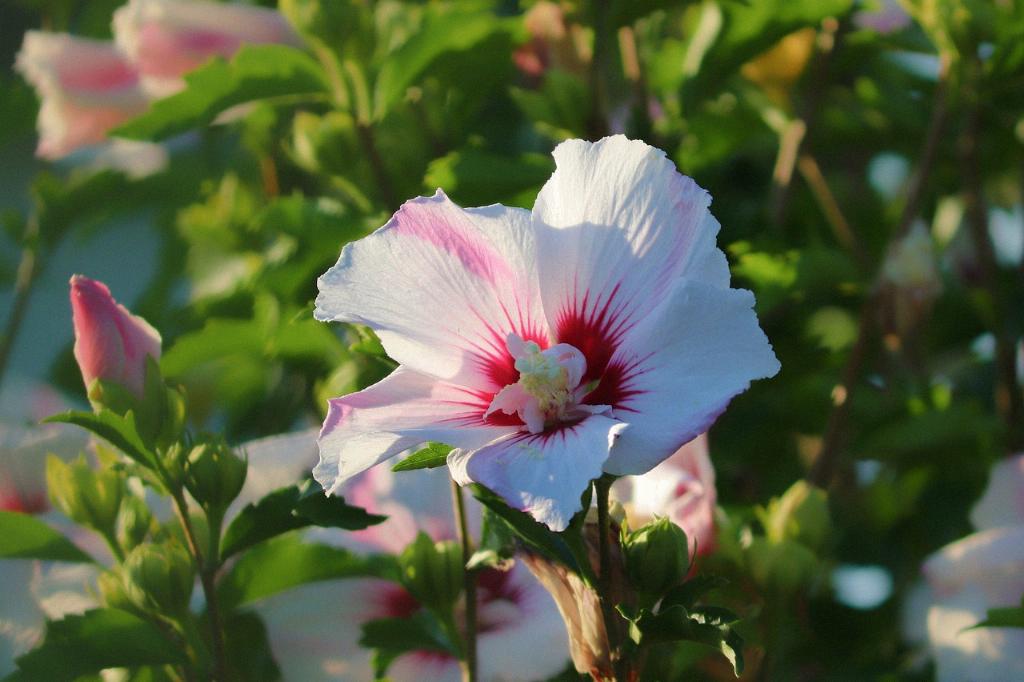When it comes to propagating hibiscus plants, the process can be quite straightforward if you follow the right steps. The key to successful hibiscus propagation lies in selecting a healthy stem with green growth and plenty of leaves. This stem will serve as the foundation for growing a new hibiscus plant.
Gathering the Necessary Materials
To begin the propagation process, you will need a sharp pair of pruning shears to trim off a suitable stem from the hibiscus plant. Additionally, you will require a small container with water, rooting hormone, and a clean surface to work on.
Preparing the Cutting
Once you have selected a suitable stem, it’s essential to remove excess leaves, leaving only 2-3 leaves at the top of the stem. This helps reduce moisture loss and allows the plant to focus on root development. To encourage rooting, make a diagonal cut at the bottom of the stem.
Using Rooting Hormone
Applying rooting hormone to the cut end of the stem can significantly increase the chances of successful propagation. The rooting hormone stimulates root growth and helps the cutting establish itself in water before transitioning to soil.
Placing the Stem in Water
After applying the rooting hormone, place the trimmed stem in a cup of water, ensuring that the cut end is fully submerged. It is essential to change the water regularly to prevent the growth of harmful bacteria and provide the cutting with fresh nutrients.
Creating an Ideal Environment
For successful hibiscus propagation, it’s crucial to place the cutting in indirect sunlight to promote healthy root development. Avoid exposing the cutting to direct sunlight, as this may cause stress and hinder the rooting process.
Monitoring Root Growth
Over the next few weeks, keep a close eye on the cutting to monitor root growth. You should start to see roots emerging from the cut end of the stem, indicating that the propagation process is successful. Be patient and allow the roots to develop fully before transplanting the cutting.
Transferring to Soil
Once the cutting has developed a healthy root system, it is time to transplant it into a suitable potting mix. Choose a well-draining soil mix that is rich in nutrients to support the growth of the new hibiscus plant.
Providing Care and Maintenance
After transplanting the cutting into soil, place the pot in a warm and sunny location to encourage growth. Water the plant regularly, ensuring that the soil remains moist but not waterlogged. Additionally, consider fertilizing the plant to promote healthy foliage and blooming.
Ensuring Successful Establishment
As the new hibiscus plant continues to grow, monitor its progress and adjust care routines as needed. Prune any dead or damaged growth to promote healthy development and encourage the plant to flourish in its new environment.
Enjoying the Fruits of Your Labor
With proper care and attention, your propagated hibiscus plant will thrive and reward you with vibrant blooms and lush foliage. Take pride in successfully propagating a new plant and enjoy the beauty it adds to your home or garden.

